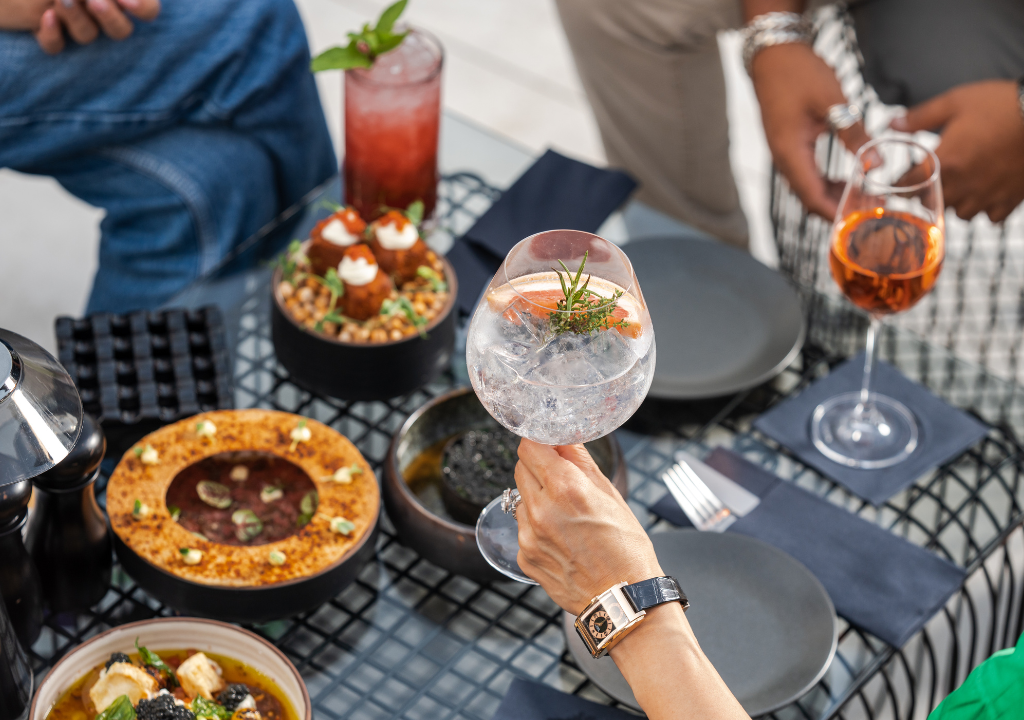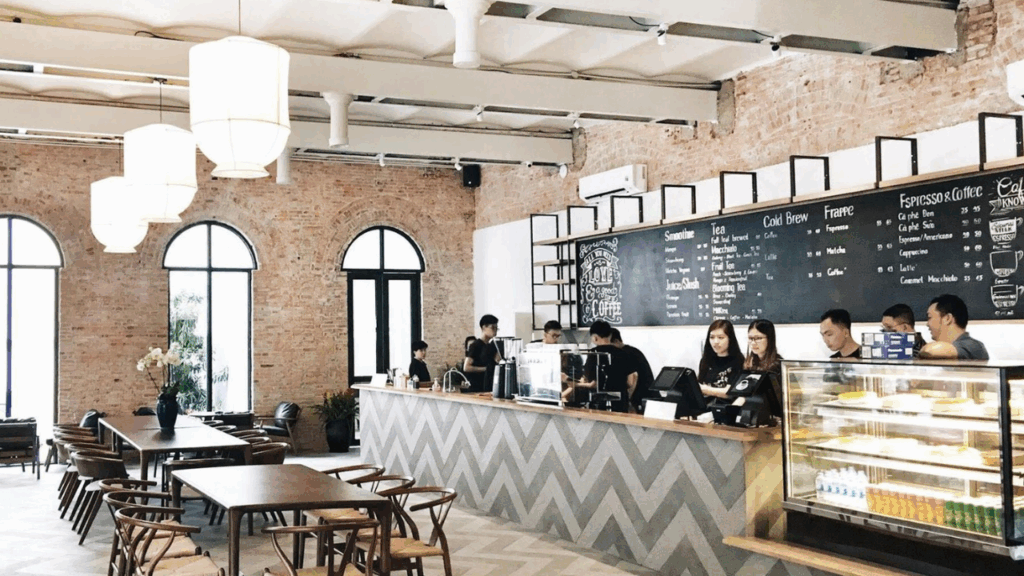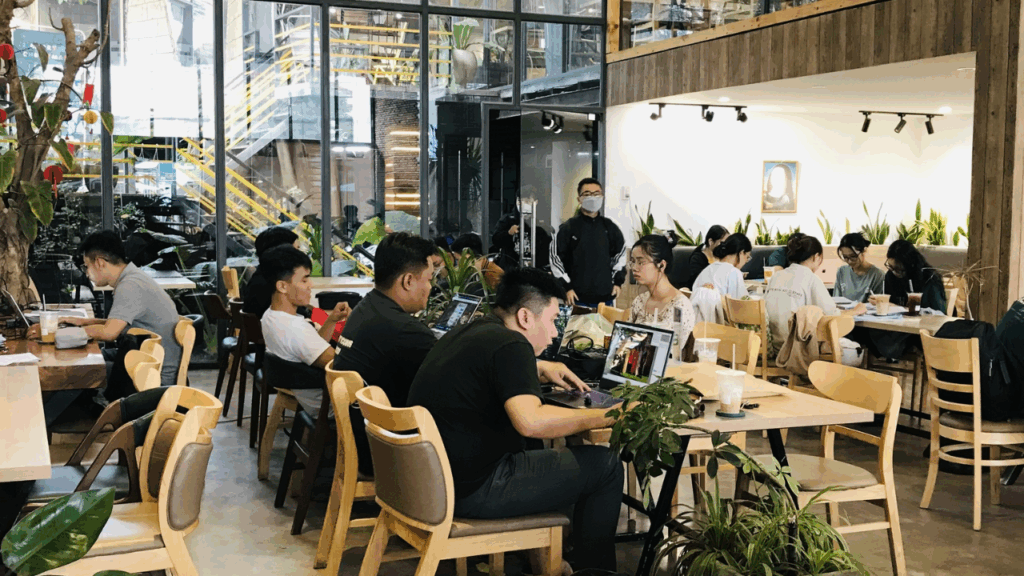Vietnamese Consumers Shift Towards Budget-Friendly Beverages

Summary
Vietnam’s beverage market is experiencing a clear shift as consumers, especially Gen Z, move toward affordable, health-conscious choices. While premium spending declines, value-driven consumption is on the rise, particularly in the 21,000–35,000 VND price segment. Local brands like Nam Việt Group is seizing the opportunity by offering preservative-free, nature-based drinks that align with global wellness trends. This evolution reflects not only changing economic behaviors but also the growing influence of a generation that values health, sustainability, and innovation.
After a whirlwind of food and beverage trends in 2023, Vietnam’s F&B industry saw a noticeable slowdown in 2024. According to a recent market report, 52.8% of businesses admitted to no longer chasing short-term trends—signaling a shift towards more cautious and sustainable business strategies.
On March 18, 2025, iPOS and Nestlé Professional jointly released the “Vietnam Food & Beverage Business Market Report 2024,” revealing that beverage shops across Vietnam generated an estimated VND 118.26 trillion in revenue in 2024, up 13% from the previous year. That means, on average, the beverage industry earned over VND 323 billion per day—the highest figure recorded between 2018 and 2024.
Consumers Are Drinking Out More—But Spending Less
The report also highlighted a surge in out-of-home beverage consumption. Currently, over 51% of consumers maintain a regular or higher frequency of purchasing beverages outside the home. The proportion of daily drinkers—those who visit cafes, order delivery, or pick up drinks to-go—increased dramatically from 6.1% in 2023 to 18.2% in 2024. Similarly, the number of people who drink 3–4 times per week rose from 17.4% to 32.8%.
This growing demand, however, is not fueled by premium-priced drinks—but rather by affordable, mass-market offerings.

Budget Segment Drives Market Growth
The return of a busy, pre-pandemic lifestyle has prompted consumers to reengage with beverage outlets not just as refreshment stops, but as multi-functional spaces for work, socializing, studying, or even business meetings.
Compared to past years, revenue growth in the beverage sector now leans heavily on low- to mid-tier price segments. A nationwide survey conducted by iPOS with nearly 4,500 respondents—primarily in Hanoi and Ho Chi Minh City—showed a marked shift in spending behavior. Consumers are increasingly trading down from higher-end beverages to more budget-friendly options.
The clearest sign of this shift? A sharp decline in the number of people willing to spend VND 35,000–50,000 per beverage. This group shrank from 47.7% in 2023 to just 31.5% in 2024. In contrast, the number of consumers choosing drinks in the VND 21,000–35,000 range grew from 29.6% to 40%, while those opting for drinks priced below VND 20,000 jumped from 4.3% to 12.3%.
Even the premium segment (over VND 70,000) saw a significant drop, from 7.3% to 5.1%. In terms of drinking frequency, the VND 21,000–35,000 price segment accounted for the largest share, with 37.7% drinking daily and 40.6% drinking regularly.
This shift is redefining the market, favoring traditional cafes, affordable milk tea shops, and takeaway beverage models.
“Value Optimization” Becomes the New Consumer Mindset
Commenting on the trend, Phung Anh The, founder of Maycha Milk Tea, noted that consumers are not cutting back on beverages entirely, but are maximizing value for every đồng spent. Increasingly, they prioritize promotions, seek deals, or choose brands that offer comparable quality at better prices.
A separate report from Mibrand Vietnam found that people earning VND 5–10 million/month have the highest frequency of café visits—typically 1 to 3 times per week—followed by the VND 10–20 million/month income group. Most consumers in these brackets are office workers, freelancers, or students.
Intensifying Competition Among Beverage Chains

Vietnam is currently home to over 500,000 cafés, ranging from small alleyway shops to large-scale franchises offering premium experiences. However, this rapid growth has also created fierce competition among players.
In addition to big names like Highlands Coffee, The Coffee House, and Starbucks, a new wave of smaller chains and niche brands is emerging. These newcomers are increasingly adopting a “concept-driven” approach—focusing on aesthetic, storytelling, or thematic experiences—to differentiate themselves in the saturated market.
Gen Z: The Tastemakers of the Future
In this evolving landscape, understanding Gen Z—Vietnam’s most influential new consumer group—is critical. Speaking at the Fi Vietnam 2024 Food & Beverage Ingredient Exhibition, Assoc. Prof. Dr. Le Nguyen Doan Duy, Head of the Food Technology Department at Ho Chi Minh City University of Industry and Trade, emphasized that Vietnamese consumers are becoming more health-conscious and selective with their food and beverage choices.
Gen Z, in particular, exhibits consumption habits that differ significantly from previous generations. Their preferences are reshaping the F&B sector—prompting brands to evolve to meet their expectations.
Looking ahead to 2025, Gen Z's beverage choices are expected to reflect strong values around health, sustainability, and creativity. Health has consistently ranked as a top priority for this demographic. Many are not just seeking refreshing drinks, but beverages that offer long-term health benefits.
The Rise of Functional, Plant-Based, and Experimental Drinks

Recent studies show that Gen Z is rapidly shifting away from sugary drinks in favor of healthier alternatives like:
Fresh fruit juices
Fermented beverages (e.g., kombucha)
Herbal teas
Probiotic-enriched drinks
They’re also embracing plant-based milk alternatives—such as soy, almond, and oat milk—not just as direct replacements, but as ingredients in blended beverages like coffee or smoothies.
In addition to health, Gen Z craves novelty and multisensory experiences. Drinks with unique flavor combinations, jellies, foams, or unusual textures are set to dominate in 2025. These drinks offer more than just hydration—they provide fun, Instagram-worthy experiences that spark curiosity and engagement.
Local Brands Rise to the Challenge: Nam Viet Group Export-Driven Strategy
Nam Viet's core product lines, including fruit juices, coconut water, and aloe vera drinksare preservative-free and crafted to align with the evolving values of Generation Z, a demographic increasingly shaping global consumption trends. This generation prioritizes health, sustainability, and authenticity, seeking out beverages that not only taste good but also support long-term wellness and reflect mindful living. With its commitment to natural ingredients and a clean-label philosophy, Vinut offers a fresh, responsible alternative that speaks directly to Gen Z’s demand for transparent, functional, and planet-friendly products.
By positioning itself as a brand delivering "Nature-based beverages – Made in Vietnam – International standards", Nam Việt Group is not just keeping pace with the next generation of consumers—it is helping define what the future of beverage consumption looks like.
Outlook for 2025: Moderate Growth, Strategic Shifts
Despite looming challenges, Vietnam’s F&B industry is expected to grow by 9.6% in 2025, according to market research firms—slightly lower than the 2024 growth rate. The future lies not only in volume, but in how well businesses understand and adapt to shifting consumer priorities.
As consumers lean into affordable indulgence and purpose-driven spending, only brands that deliver value, health, and creativity will thrive in the next chapter of Vietnam’s beverage evolution.
